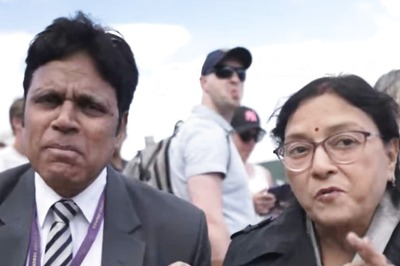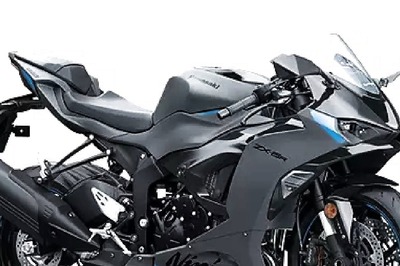
views
Indonesia raised the alert status for the offspring of the infamous Krakatoa volcano to its second highest level on Monday, a day after it erupted and spewed a towering ash cloud 3,000 metres (9,800 feet) into the sky.
Authorities bumped the threat of Anak Krakatoa, which means Child of Krakatoa, to level three of a four-tier volcanic alert system after witnessing a sharp rise in activity in the last month with the biggest eruption coming on Sunday.
They also widened the exclusion zone around the crater a day after warning nearby residents to wear masks outside because of the large plume of ash it belched over the strait that separates the islands of Java and Sumatra.
“We have increased the status of Mount Anak Krakatoa from level two… to level three and recommended that nobody is allowed to get closer than a five-kilometre radius from the active crater,” Hendra Gunawan, head of the Centre of Volcanology and Geological Hazard Mitigation, told a virtual press conference.
A significant spike in carbon dioxide emissions has also been reported at the crater, he said.
It emitted 68 tonnes on April 15 but more than a week later, on April 23, it emitted more than 9,000 tonnes.
No evacuations have been reported on nearby islands and Gunawan said the busy sea route from Java’s Merak port to Sumatra’s Bakauheni port was unaffected.
The volcano has been sporadically active since it emerged from the sea at the beginning of last century in the caldera formed after the 1883 eruption of Mount Krakatoa.
That disaster was one of the deadliest and most destructive in history with an estimated 35,000 people killed.
Anak Krakatoa last erupted in 2018, generating a tsunami that killed 429 people and left thousands homeless.
Indonesia sits on the Pacific Ring of Fire where the meeting of continental plates causes high volcanic and seismic activity.
Four other volcanoes on the Southeast Asian archipelago are currently graded at the second highest alert level.
Read all the Latest News here




















Comments
0 comment